If you’ve been working with or following Flamingo for a while, you might remember that we made the decision to update our branding at the start of 2023. This rebrand consisted of a whole new website, new colours, a new brochure and more.
Its purpose: to modernise our brand and build it up with our target audience in mind.
But rebrands aren’t always sunshine and rainbows; just look at the headlines around a rebrand by a certain car company that does not need to be named. Often, the immediate reaction to many rebrands is far from encouraging.
Why do people react negatively to rebrands?
In the B2C space, many big brands become intertwined with their customers’ lives in more ways than you’d first expect. People don’t just drink Coke; they drink it out of Coke-branded glasses, they buy clothes with the Coke logo on.
Customers have become brand advocates and they’re going to advocate for a brand they feel represents them. So, if with a rebrand, a company is trying to capture a new audience (such as Jaguar), existing customers might end up feeling like they're being abandoned.
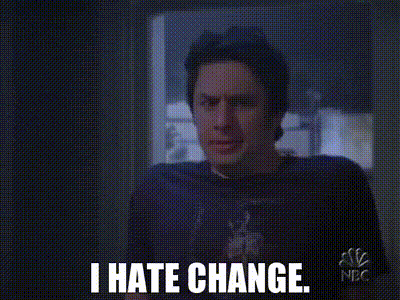
This happens ten-fold when a brand has a well-established position in its audience’s mind. Another car company that recently(-ish) rebranded was Kia. In 2021, they moved away from their old logo to embrace a more modern look.
At the time, Kia was criticised for the logo moving too far from its original design – searches on Google for ‘KN Car’, a common misreading of their revised logo, shot up in 2021 and they have never really gone down.
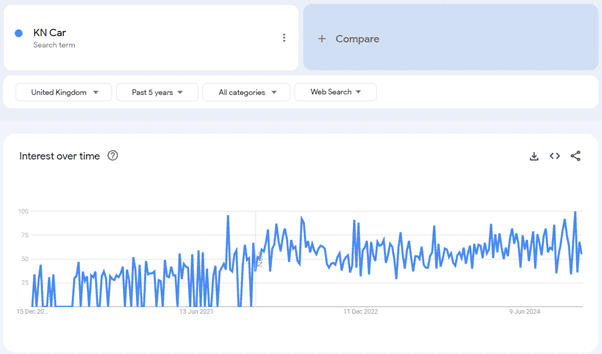
But Kia’s seen a huge uptick in sales and market cap over the last four years and, over time, the rebrand has proven to be popular.
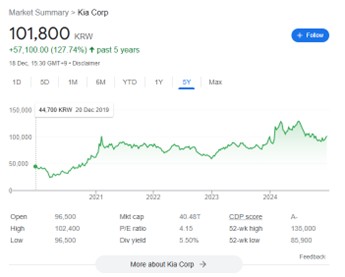
Many other companies have tried to quietly slip their rebranding through without making a big statement, such as Pringles who stripped their logo back to its barest parts to follow a trend of minimalist branding.
Others make a big splash with their rebrand, using it as an opportunity to get the word out and making the most of the adage “any publicity is good publicity”, which is often completely correct.
Why do companies rebrand?
Rebranding can be a big decision, especially if you have an existing recurring audience – and that’s without factoring in potential cost increases.
1. Tap into a new audience
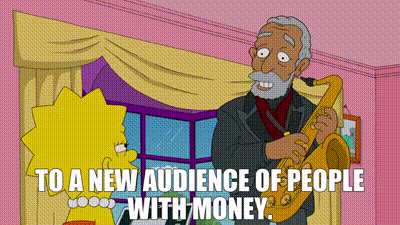
Companies who see some stagnation with their existing audience or who want to try to appeal to a different demographic might look to update or change their branding in order to do so.
2. Modernise your brand
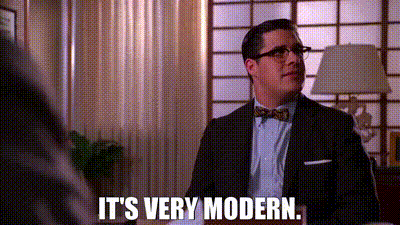
Very few companies have evergreen branding. Even the longest-standing companies with iconic branding like Porsche, Heinz, Adidas and Coca-Cola have taken steps to shift their logos and branding with the times.
3. Make a splash

You have the audience, you’re happy with your branding, but you want to get people talking.
Having your audience know your business and having them talk about your business are two different things. A rebrand is an opportunity to cause controversy, spark discussion and get your brand back into the conversation.
4. Acquisitions and mergers
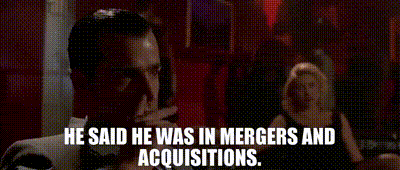
This is the most boring reason, but one that will often warrant a full or partial rebrand.
When two (or more) companies come together, it’s important to show customers of both that the brands integrate well. This can mean developing a completely new brand usually combining both companies’ current branding.
5. Adding new services
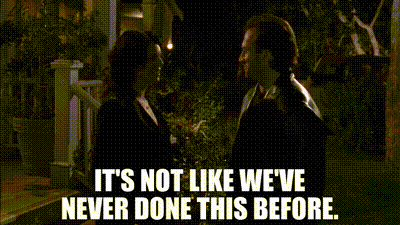
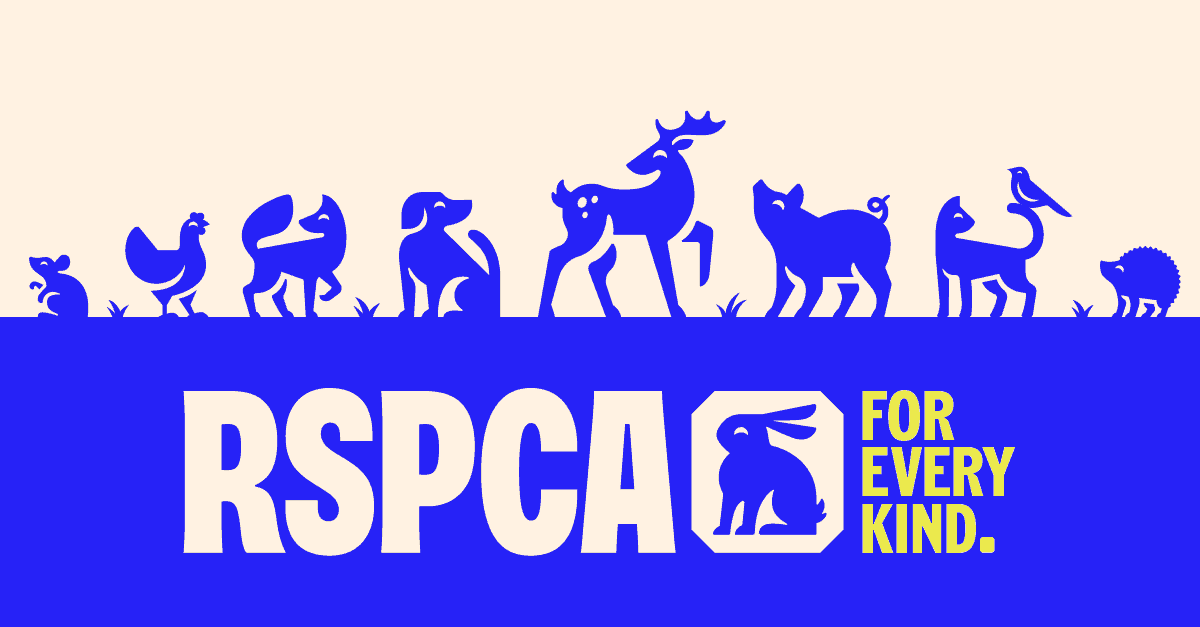
With the vegans in our office, it was inevitable that this one would come up at some point.
RSPCA hasn’t had a significant branding change since it was established in the 1970s. That’s 50 years in which they’d used the same logos and colours and presented the charity in the same way.
Marking their rebrand with an advert of different animals singing to Aretha Franklin’s Respect, the ad was talked about all over social media by those who loved it and those who didn’t. But the rebrand put RSPCA back into the conversation, and we’ll see how much of an impact it has as the charity continues to grow.
https://www.youtube.com/watch?v=F6Va1u5OMqY
Bad rebrands and why they didn’t work
Choosing bad rebrands that didn’t quite hit the mark is easy but looking at why they didn’t land is a lot harder.
Kia’s shift in branding worked out in the long run, but without a big promotion worthy of opinion pieces all over the internet, some people are still left wondering where Kia has gone and what this new KN car brand is.
Jaguar sparked controversy with a huge rebrand (which people might have finally stopped talking about) and only showed off a concept car that wouldn’t ever go on sale, so couldn’t take immediate advantage of the hype or controversy.
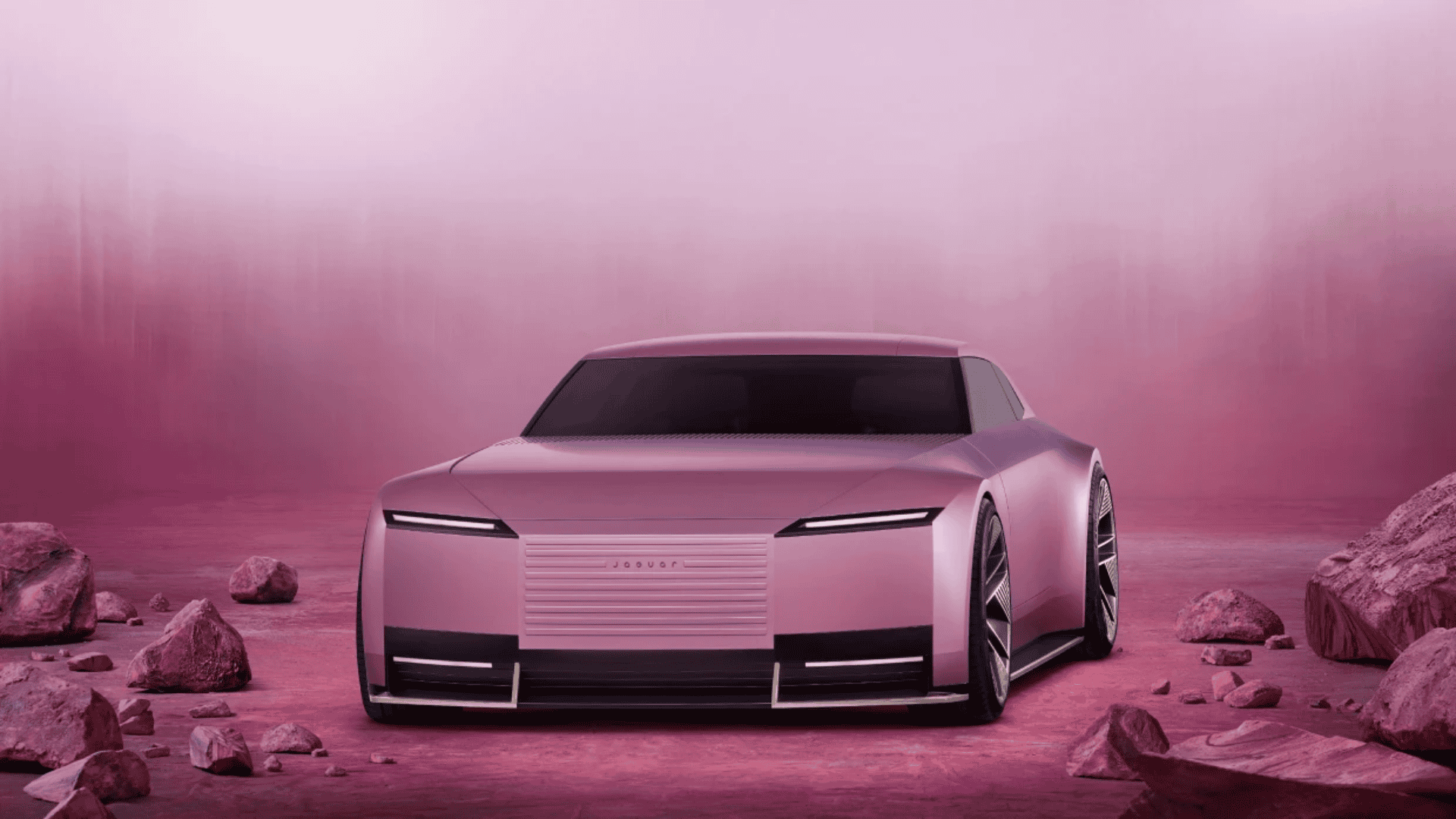
We’ll have to see whether or not Jaguar come back into the news when they reveal their next car model, but the worst thing Jaguar could do is abandon the change and forgo the entire exercise.
It’s not uncommon for a company to rebrand and then switch back to their old branding. Sometimes it happens years later when the company taps into nostalgia to bring back old customers. Sometimes it happens in days, like with GAP whose rebrand in 2010 lasted less than a week!
It’s hard to say what went on behind closed doors at GAP HQ, but it’s likely the branding team didn’t have the confidence of the leadership at the company.
Rebranding needs to be a sure thing. You need to know why you’re doing it, what your goal is when doing it, and you need to be ready for customers, prospects or anyone familiar with your brand to react negatively to it. GAP likely knew it needed a modern refresh but underestimated how iconic their logo actually was to customers.
Outside of the retail space, in 2018, Leeds United took their iconic, if a bit busy, 1999 logo and gave it a completely new look with darker colours. The change was met with immediate backlash from fans and a flood of memes from across the internet. Once again, Leeds United quickly and quietly returned to their 1999 logo and have stuck with it since.
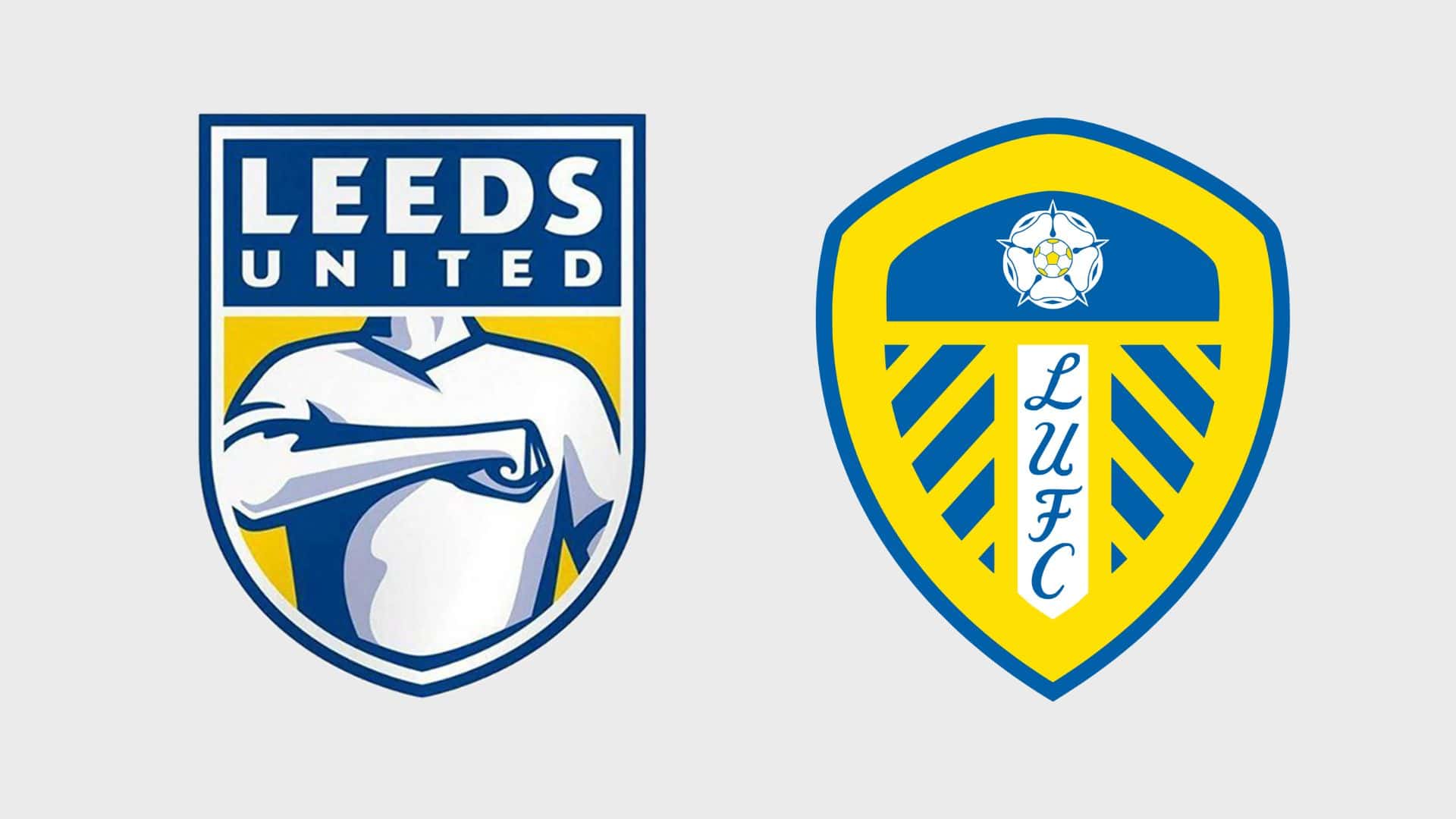
In the B2B world, people are a lot kinder to rebrands. You won’t have any articles written in the Daily Mail or see comments on Facebook about it. But whether there’s a negative reaction or not, if you’ve made the decision to evolve your brand, you have to make sure there’s a good reason behind it.
If you're thinking your branding might need an upgrade, our design experts here at Flamingo are here to support you. Take a look at our branding page for more information.
